Maravalli or Kuchi Kizhangu (Kappa in Malayalam) is the root tuber from a shrub called Cassava or Yuca. It is also popularly called Tapioca or Sago plant. This plant was originally from South America, but ancient traders took them everywhere, and I am glad they did!
The tapioca root is primarily starch and is devoid of any nutritional value. This plant thrives well in poor soil/ drought conditions. The root tuber is enjoyed in multiple forms – as a staple food (example, the famous “Kappa with Fish Curry” in Kerala!), eaten as a snack (just boiled, chips, pudding, or sweet or savory adai. Javvarisi (or sago balls or sabudana) is actually made out of tapioca starch powder!
Tapioca chips are my most favorite chips, I like them better than potato or banana chips! I studied in Coimbatore and due to its close proximity to Kerala, I got to enjoy the best tasting Tapioca chips during my stay there. I still remember an incident involving tapioca chips that happened the first week or so immediately after I joined the college. I was walking (alone) from the college to my hostel wing one late evening and I was stopped by some seniors on the way. After some initial chat, the seniors offered me a big bag of spicy tapioca chips and told me they were all mine and asked me to eat them. I was so glad and thought how lucky I was to escape with such a treat instead of being ragged; in fact, the “mean” guy inside me also quickly reminisced the not so pleasant ordeal faced by some of my batch mates on other occasions…). I happily opened the bag of chips, took a big piece (every piece was so damn big in that bag) and was about to put that in my mouth, that was when one senior shouted “Hey! Wait!! Now we want you to eat that chip without chewing or biting or breaking it!”. Rings of laughter surrounded me and I was immersed in sadness and started to cry (yes I really cried!). The seniors became worried after I started crying and they let me go (with the bag of chips of course!).
When I was a kid, my dad grew the tapioca plants in our home garden. You can cultivate this tapioca plant by planting a small piece of the stem on the ground. My mom would make steamed tapioca and sweet and savory adais often.
I will share the savory adai recipe version in today’s blog. The recipe for the tapioca adai is very close to the Dal Adai recipe I posted earlier with few minor changes.

Maravalli Kizhangu (Tapioca) Adai
A mouthwatering and savory adai made with tapioca root, rice and various dals.
Ingredients
Adai batter
- 2 cups Tapioca root chopped/ no skin
- 1 cup Parboiled/ regular rice
- 1 cup Chana dal
- ½ cup Toor dal
- ¼ cup Urad dal
- 3 Red chilies
- ½ tbsp Fennel seeds
Other ingredients
- 2 cups Shallots/ onion
- 2 Green chilies
- 1/2 inch Ginger
- 2 sprigs Curry leaves
- 1/4 cup Coriander leaves
- ½ cup Coconut fresh, scraped
- 1 tsp Chili powder
- 1 tsp Turmeric powder
- Hing to taste
- Salt to taste
- Oil
Instructions
-
Wash 2 small sized or 1 medium sized tapioca root, remove skin and chop finely. Take care to remove the thick stem or fiber that runs in the middle of the root. If using a wet grinder, pulse the chopped tapioca root in a mixie before adding them to the grinder, otherwise the grinder stone will get stuck and will not move!
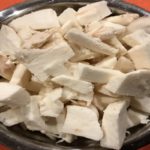
-
Wash and soak parboiled rice, chana dal, toor dal and urad dal for 2 to 3 hours.
-
Add tapioca pieces, red chilies, fennel seeds and salt to the soaked rice/ dal and grind to a slightly thick but coarse batter in a wet grinder or mixie.
-
To the batter add chopped onions (shallots will be more tastier), green chilies, ginger, curry leaves, coriander leaves, scraped coconut, chili powder, turmeric powder, dose of hing; mix well, check/ adjust salt level.
-
Grease a dosa pan with 1/2 tbsp. oil and spread the batter into a slightly thicker consistency. Poke 4 or 5 holes in the adai using fingers or wooden spatula (see recipe photo). Pour oil around the edges and inside each hole. Wait for about 2 to 3 mins and once it is browned at the bottom, flip and cook on the other side for 2 to 3 mins. Flip few times to get consistent crispy browning on both sides.
-
Enjoy as such, or with coconut chutney, avial, jaggery or butter. I even like this as a side dish for sambar rice.
Recipe Notes
- You have to cook in medium heat (slow cooking) to get crispy adais.
- The holes in the adais help make the adai cripier throughout. I learned this technique from my mother-in-law.
- If you are an onion/ green chili lover (like me), you can add even more of them and enjoy.
- You can tweak this recipe (adjusting ratio of rice, various dals) in numerous ways and enjoy unique tasting adais each time.
- Reheating instructions: the leftovers tend to become soggy; can be reheated in bread toaster or oven or even dosa pan to get the crispiness back. Microwaving tends to make them more soggier.
- Best if you have a filter coffee or ginger tea to go with it.


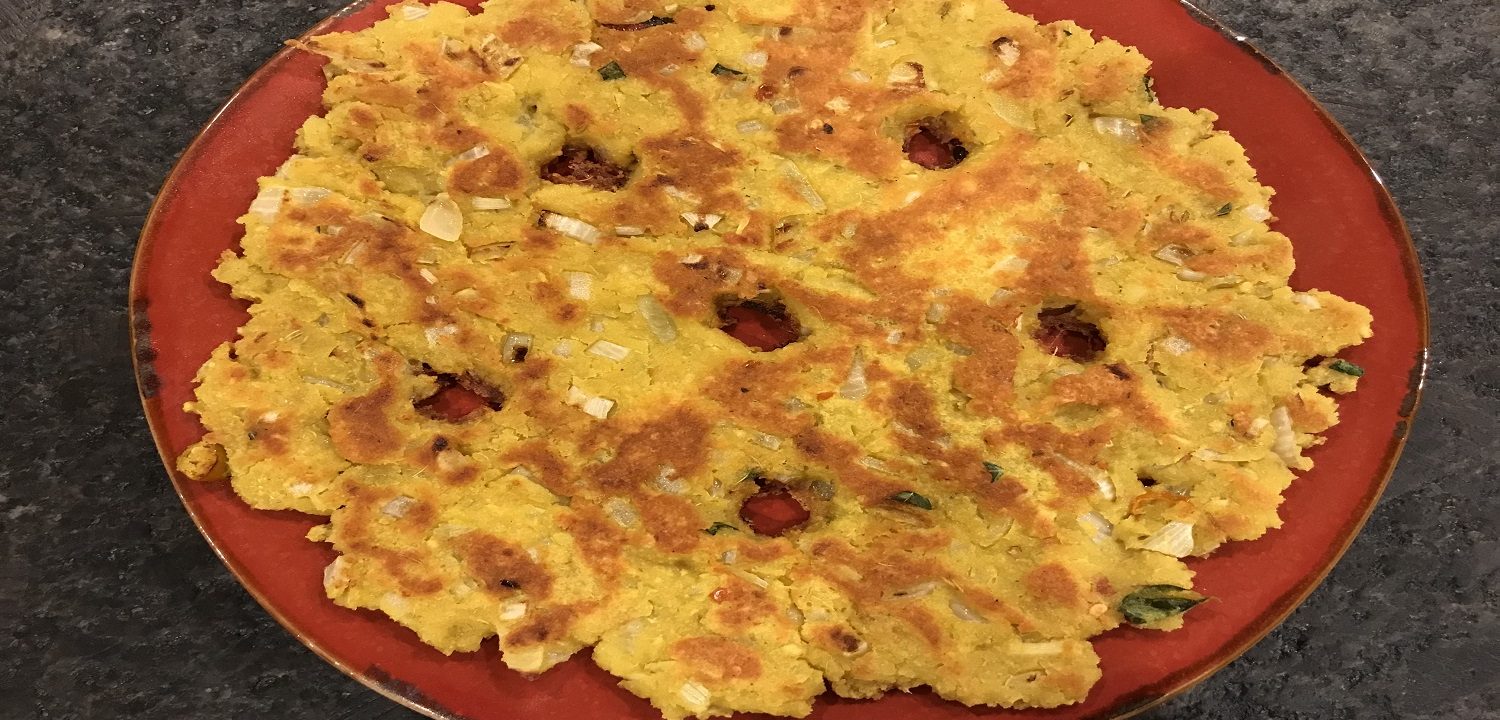
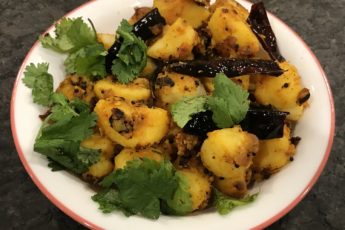
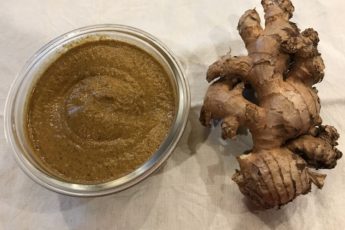
 Hello, my name is Senthil. I am a passionate food blogger from Houston, Texas. This is my online kitchen, and I will be cooking delicious recipes for you, provide kitchen tips that I have learned over the years, and share personal stories and fond memories around food. Keep checking out for new stuff!
Hello, my name is Senthil. I am a passionate food blogger from Houston, Texas. This is my online kitchen, and I will be cooking delicious recipes for you, provide kitchen tips that I have learned over the years, and share personal stories and fond memories around food. Keep checking out for new stuff!

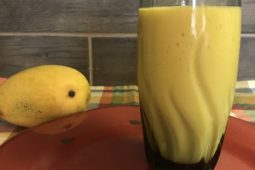
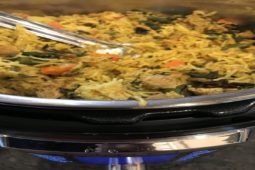
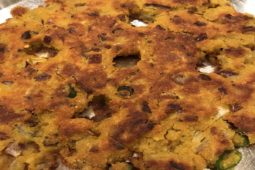
Leave a Comment